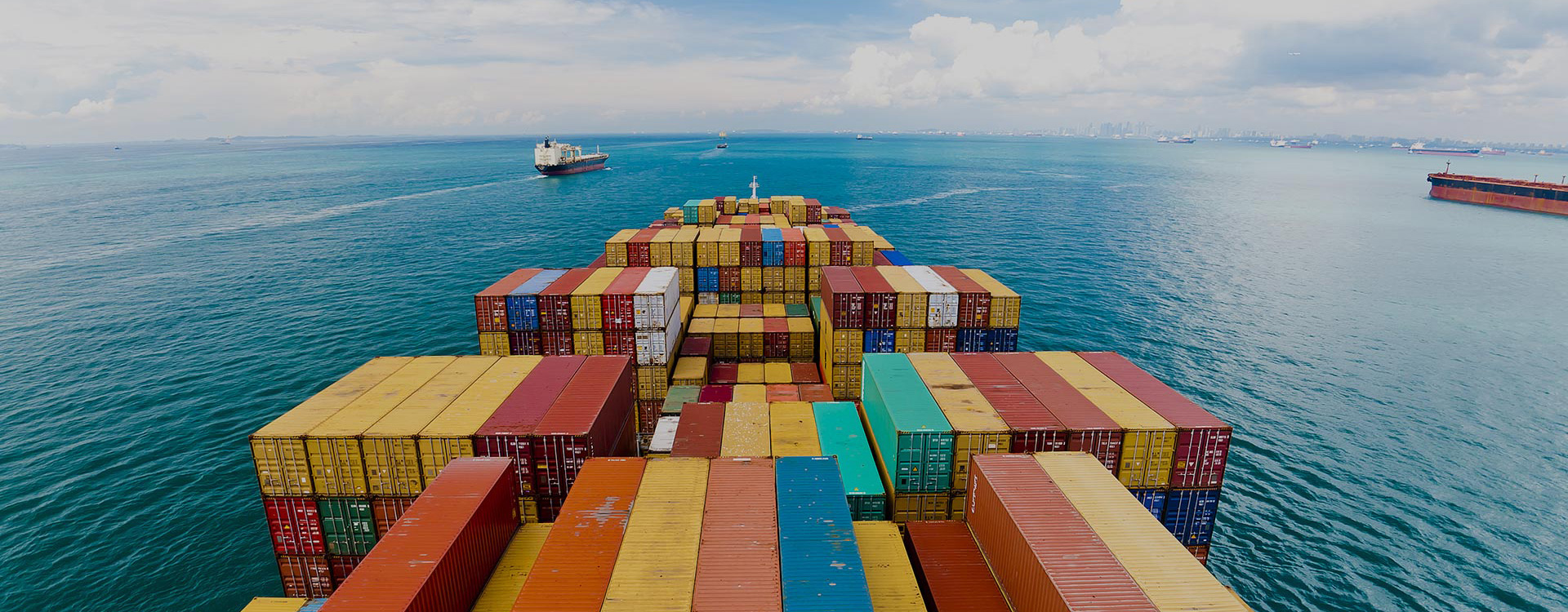Firstly, it can greatly shorten the delivery time. After customers place orders, export companies can directly ship locally through overseas warehouses, without the need to ship domestically, effectively solving the problem of long cross-border logistics delivery times. Secondly, bulk transportation of goods can reduce transportation costs. In addition, overseas warehouses also facilitate customers' easy return and exchange of goods, improving the shopping experience.
Overseas warehouses have multiple advantages;
Firstly, it can greatly shorten the delivery time. After customers place orders, export companies can directly ship locally through overseas warehouses, without the need to ship domestically, effectively solving the problem of long cross-border logistics delivery times. Secondly, bulk transportation of goods can reduce transportation costs. In addition, overseas warehouses also facilitate customers' easy return and exchange of goods, improving the shopping experience.
At the same time, they also help customers process returns and establish a better brand image for sellers in the context of fierce competition in e-commerce. For high-value products, bulk imports from overseas warehouses can also save on value-added tax and import tariffs. Overseas warehouses are products of cross-border e-commerce and logistics; It is also a major trend in the logistics industry in the era of cross-border e-commerce, which helps to solve the "last mile" delivery problem of Chinese products in overseas markets, promote overseas marketing of Chinese goods, and effectively enhance the global competitiveness of Chinese manufacturing.
At the same time, the development of overseas warehouses is also supported by relevant policies. The Ministry of Commerce and nine other departments jointly issued the "Opinions on Expanding Cross border E-commerce Exports and Promoting the Construction of Overseas Warehouses" on June 12, 2024, proposing 15 measures in five aspects, including actively cultivating cross-border e-commerce business entities, increasing financial support, strengthening relevant infrastructure and logistics system construction, optimizing supervision and services, actively carrying out standard rule construction and international cooperation, to promote the high-quality development of cross-border e-commerce overseas warehouses. Overseas warehouses are digital and intelligent storage facilities operated by specialized entities such as logistics companies, cross-border e-commerce platforms, or large cross-border e-commerce sellers through self construction or leasing overseas.
Overseas warehouses are important overseas nodes for cross-border e-commerce, a new type of foreign trade infrastructure, and an important component of new forms and models of foreign trade. The 2016 Government Work Report proposed to expand cross-border e-commerce, support export enterprises, build a number of "overseas warehouses" for export products, and promote the development of comprehensive foreign trade service enterprises. At present, cross-border e-commerce B2B exports mainly include the following two modes: 9710: Cross border e-commerce B2B direct export, which refers to domestic enterprises reaching transactions with overseas enterprises through cross-border e-commerce platforms and directly exporting goods to overseas enterprises through cross-border logistics. 9810: Cross border e-commerce export overseas warehouse refers to domestic enterprises first exporting goods through cross-border logistics to overseas warehouses, completing transactions through cross-border e-commerce platforms, and then delivering them from overseas warehouses to overseas buyers. The full name of the cross-border e-commerce export overseas warehouse (customs supervision code "9810") is "Cross border E-commerce Export Overseas Warehouse", which is applicable to the goods exported from the cross-border e-commerce export overseas warehouse.
Domestic enterprises will deliver their exported goods to overseas warehouses through cross-border logistics, and after the transaction is completed through cross-border e-commerce platforms, the goods will be delivered from overseas warehouses to buyers, and relevant electronic data will be transmitted according to customs requirements. 2、 The operation mode of overseas warehouses is currently divided into three types in the market: third-party overseas warehouses, platform overseas warehouses, and self operated overseas warehouses. 1. The third-party overseas warehouse model refers to overseas warehouses established and operated by third-party enterprises (mostly logistics service providers), which can provide services such as customs clearance, inbound quality inspection, order acceptance, product sorting, and delivery for multiple cross-border e-commerce enterprises. 2. Platform overseas warehouse (mainly Amazon FBA warehouse) refers to the warehousing and distribution logistics system established based on the platform. FBA warehouse is a one-stop logistics service provided by Amazon, including warehousing, picking and packaging, delivery, payment, customer service, and return processing. The logistics level of FBA warehouses is the benchmark in the overseas warehouse industry. 3. Self operated overseas warehouse refers to the overseas warehouse built by the seller themselves, and the seller can control and manage the warehouse themselves, which is very flexible; But at the same time, sellers also need to solve a series of problems such as warehousing, customs clearance, and logistics transportation on their own. This type of self built warehouse is generally established by large e-commerce enterprises or large import and export enterprises, which have high requirements for their own strength. 3、 The business process of overseas warehouses usually involves four modules for sellers to use overseas warehouses for shipping: first mile - overseas warehouse - last mile - after-sales/value-added services. 1. The first leg process is the process of transporting goods from China to overseas warehouses, known as the first leg, which includes four major sections: domestic to Hong Kong, international transportation, export/import customs declaration and clearance, and destination port to warehouse. Usually handled by freight forwarders. 2. Overseas warehouse and final delivery process
2. Overseas warehouse and final delivery process: After the goods arrive at the destination port for customs clearance, they are delivered to the warehouse by truck, railway, and other means. After receiving the seller's inbound order information, the overseas warehouse will store the goods on the shelf; When the overseas warehouse receives the outbound order, it sorts according to the order type, the picker picks the goods, performs secondary sorting, reviews, packages, weighs, issues, and contacts local express delivery to deliver to the buyer or to the e-commerce platform warehouse.
Article source: AG Cross Trade City


Shenzhen Wanshuntong Logistics Co., Ltd.






